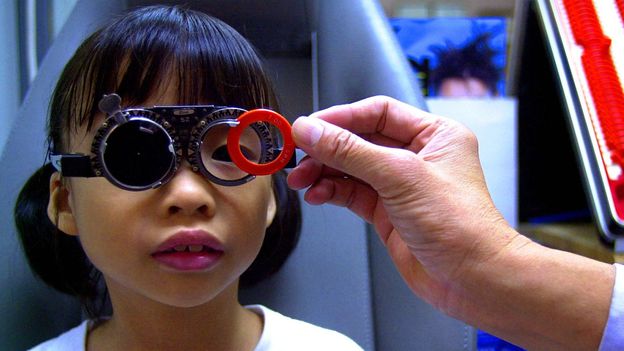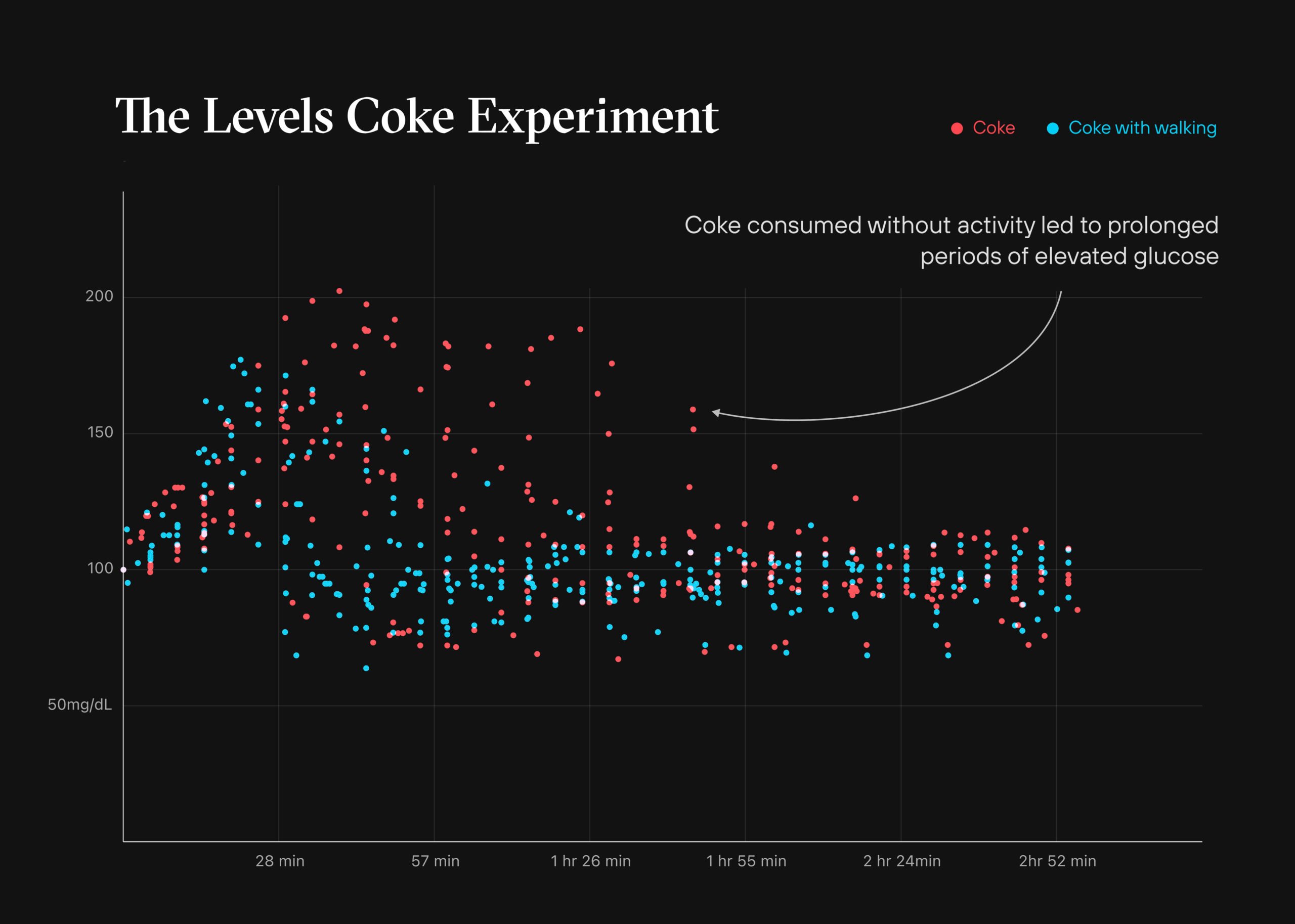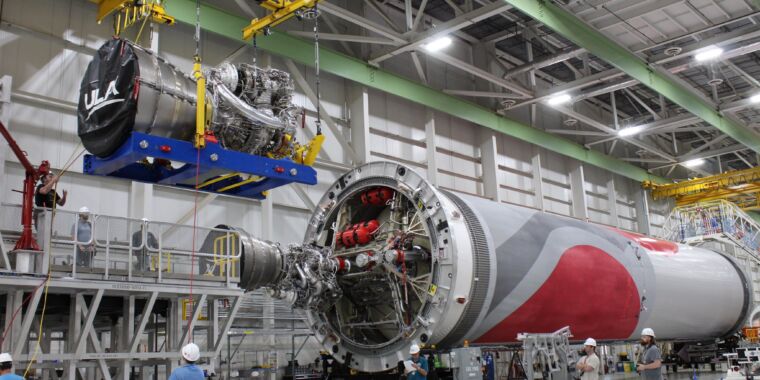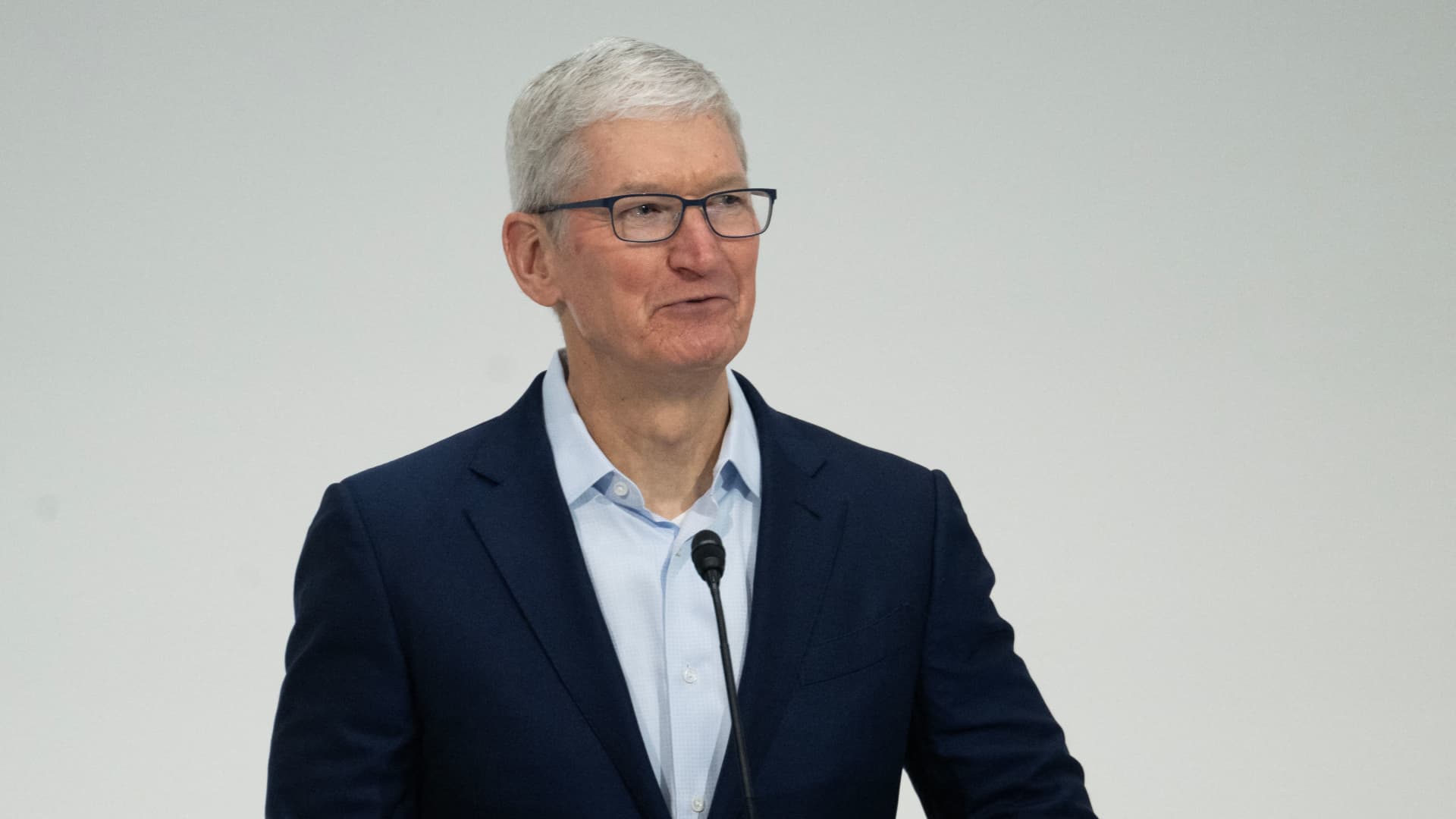
Why short-sightedness is on the rise - BBC Future
In the late 1980s and 1990s, parents in Singapore began noticing a worrying change in their children. On the whole, people's lives in the small, tropical nation were improving hugely at the time. Access to education, in particular, was transforming a generation and opening the gates to prosperity. But there was a less positive trend, too: more and more children were becoming short-sighted.
Nobody was able to stop this national eyesight crisis. Rates of short-sightedness – also known as near-sightedness or myopia – continued to rise and rise. Today, Singapore has a myopia rate of around 80% in young adults, and has been called "the myopia capital of the world".
"We've been dealing with [this] issue for 20 years, so we're almost numb to it," says Audrey Chia, an associate professor and senior consultant at the Singapore National Eye Center (SNEC). "Almost everybody in Singapore is myopic now."
What happened in Singapore now appears to be happening all over the world. Countries with seemingly completely different lifestyles are unified by a startling phenomenon: rocketing rates of short-sightedness.

























